
1-844-987-5777 Mon-Fri: 8am-4pm CST
1-844-987-5777 sales@ecofishingshop.com Mon-Fri: 8am-4pm CST

A really common misconception regarding kayak size is that shorter kayaks are easier to control. This is not always the case as longer kayaks typically have better tracking (maintaining a straight line while moving). You may find yourself Googling phrases such as: "Which size of kayak is right for me?"; "Which fishing kayak is the most stable?"; "What length of fishing kayak do I need?"; or "What is the widest fishing kayak?"
What makes this question really difficult to definitively answer is the many factors that play a role and the uniqueness to each angler asking the question. So, rather than us telling you 'these are the best fishing kayaks,' let's break down the attributes, size categories, what makes a stable fishing kayak and the pros & cons of different kayak sizes.
Before we look at specific size attributes, keep these general traits in mind:
Pros
Cons

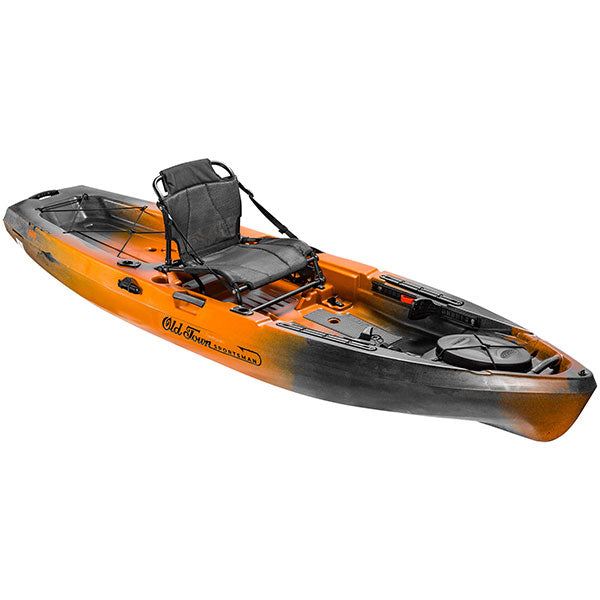


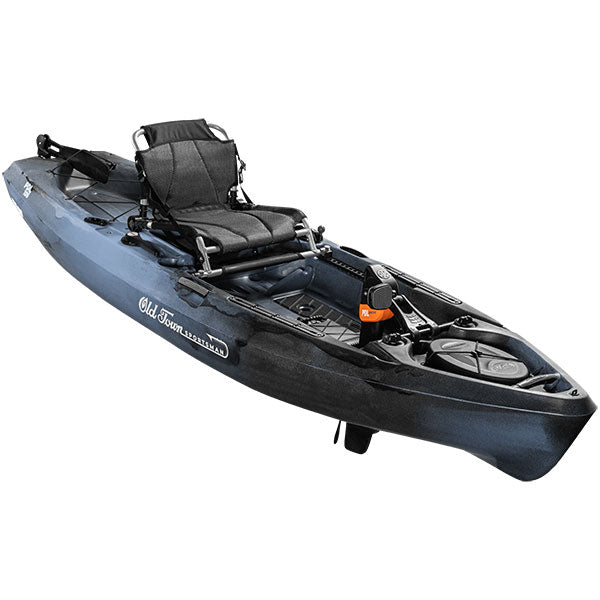
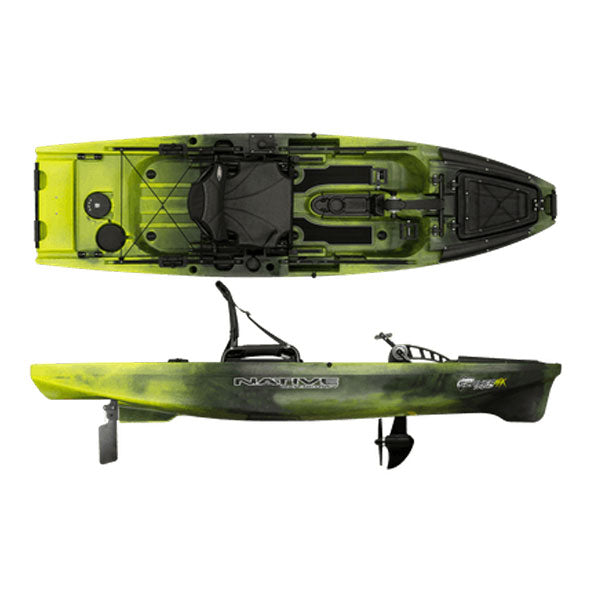
Pros
Cons
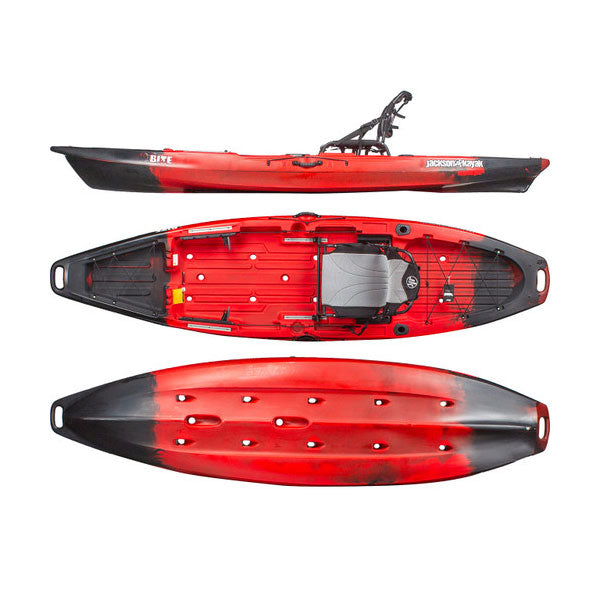



Pros
Cons
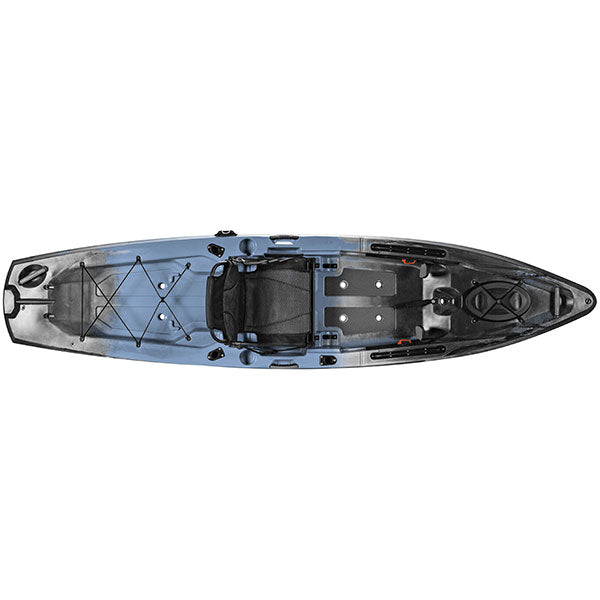
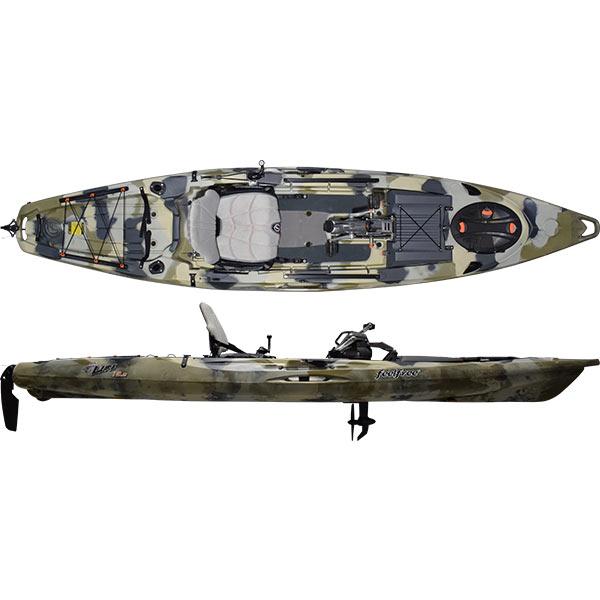
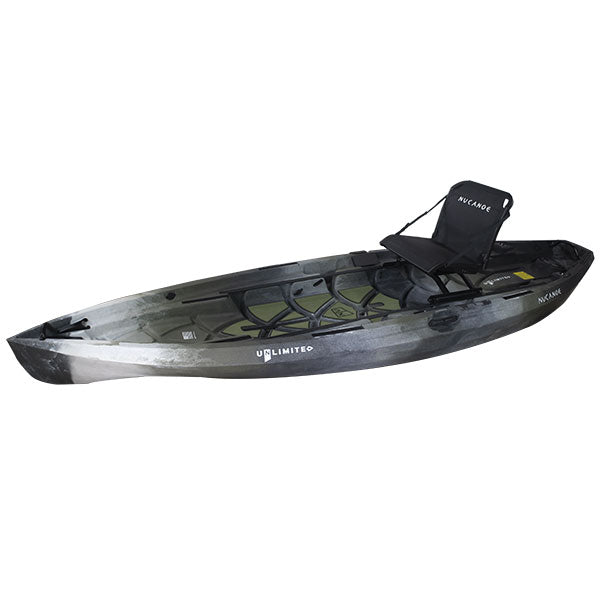


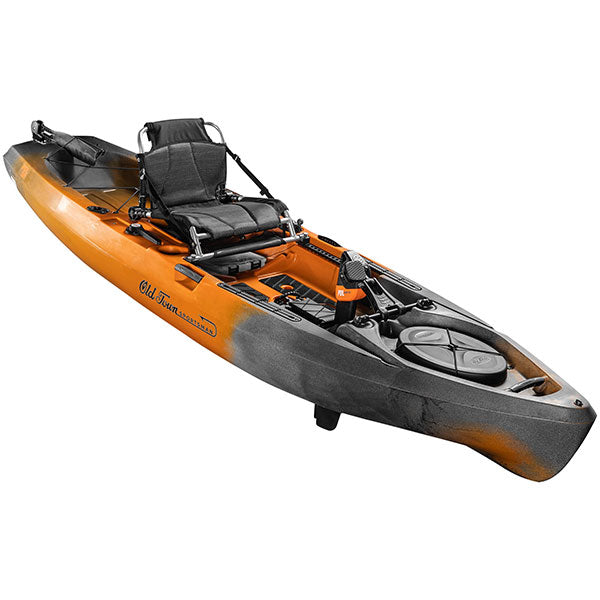
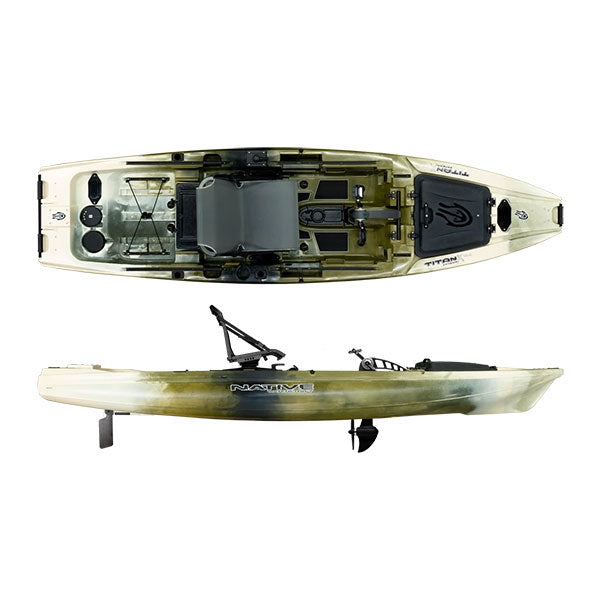

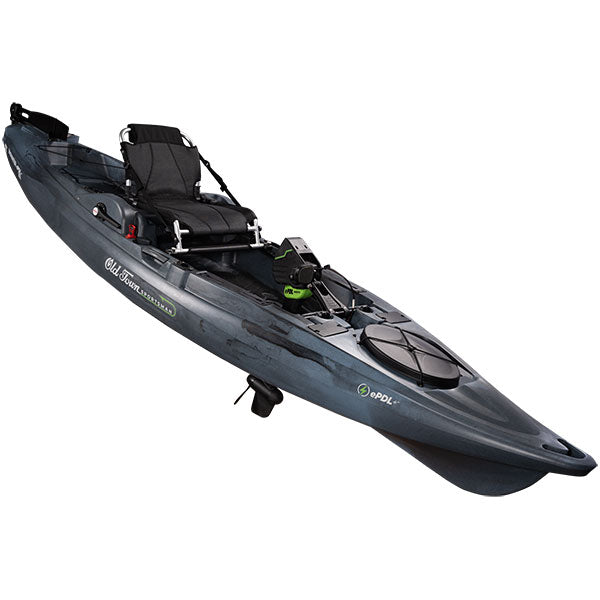
This question always depends on your fishing style, the water you’ll be on, how long you’ll be out and what accessories you currently have or plan to add in the future. Here are some questions and attributes to consider:
As someone who has fished out of small, medium and large fishing kayaks with all different hull shapes, I can say there is no true 'one size fits all' fishing kayak. Each size, as we laid out, has it's pros and cons and very specific things it excels on. If you are new to kayak fishing, a good overall medium-sized kayak might be the way to go. If you are an experienced angler that has really honed in on the way you like to fish and the water you exclusively like to fish on, you can better choose the perfect fishing kayak specific to you.
Before you make your purchase, ask questions. Contact us here at Eco Fishing Shop, or connect with other anglers on our public community, the Kayak Anglers Resource. Here are our final thoughts on how to help you hone in on which size of fishing kayak is right for you:
With how advanced fishing kayaks are becoming, it is hard to really go wrong with your choice. With more and more fishing kayaks leaning towards hybrid hull shapes to fit multiple waters, it is hard to make a bad choice. It may ultimately boil down to the boring considerations like budget, storage space and if you are capable of transporting your kayak. Each kayak size range has pros & cons, but the most important one is which kayak size offers you the best chance at getting on the water the most? Which kayak size presents the least amount of barriers for how you plan to fish? If you don't enjoy the entire experience (including the oft-overlooked prepping, loading, launching and retreiving) you will regret your purchase.
At Eco Fishing Shop, we don't try to sell you the most expensive fishing kayak to make money, we want to help you find the perfect fit so that your time on the water is enjoyable.
If you need help purchasing the correct kayak and accessories reach out to our customer service team (1-844-987-5777, sales@ecofishingshop.com) to eliminate the headache of trying to peice together the right equipment.

Kayak Black Friday Sales start now! Check out our best kayak deals available on Black Friday that include Fishing Kayaks, Motors and kayak accessories. We share our 10 best fishing kayak and accessory Black Friday deals as well as resources to help make your decision easier.

Improving your fishing kayak's storage & organization is a constant process. Storage accessories boil down to four main categories: Crates, rail accessories, seat storage and dry bags. We walk through each type and share our favorite kayak storage and organization accessories.

What is Camino Journey? Camino Journey is CAJO kayaks — an all new entry to the fishing kayak market. CAJO kayaks are built serious anglers & pleasure paddlers alike. With a focus on using every inch of their kayaks CAJO makes the most of your deck space with innovative new accessories and built-in features.